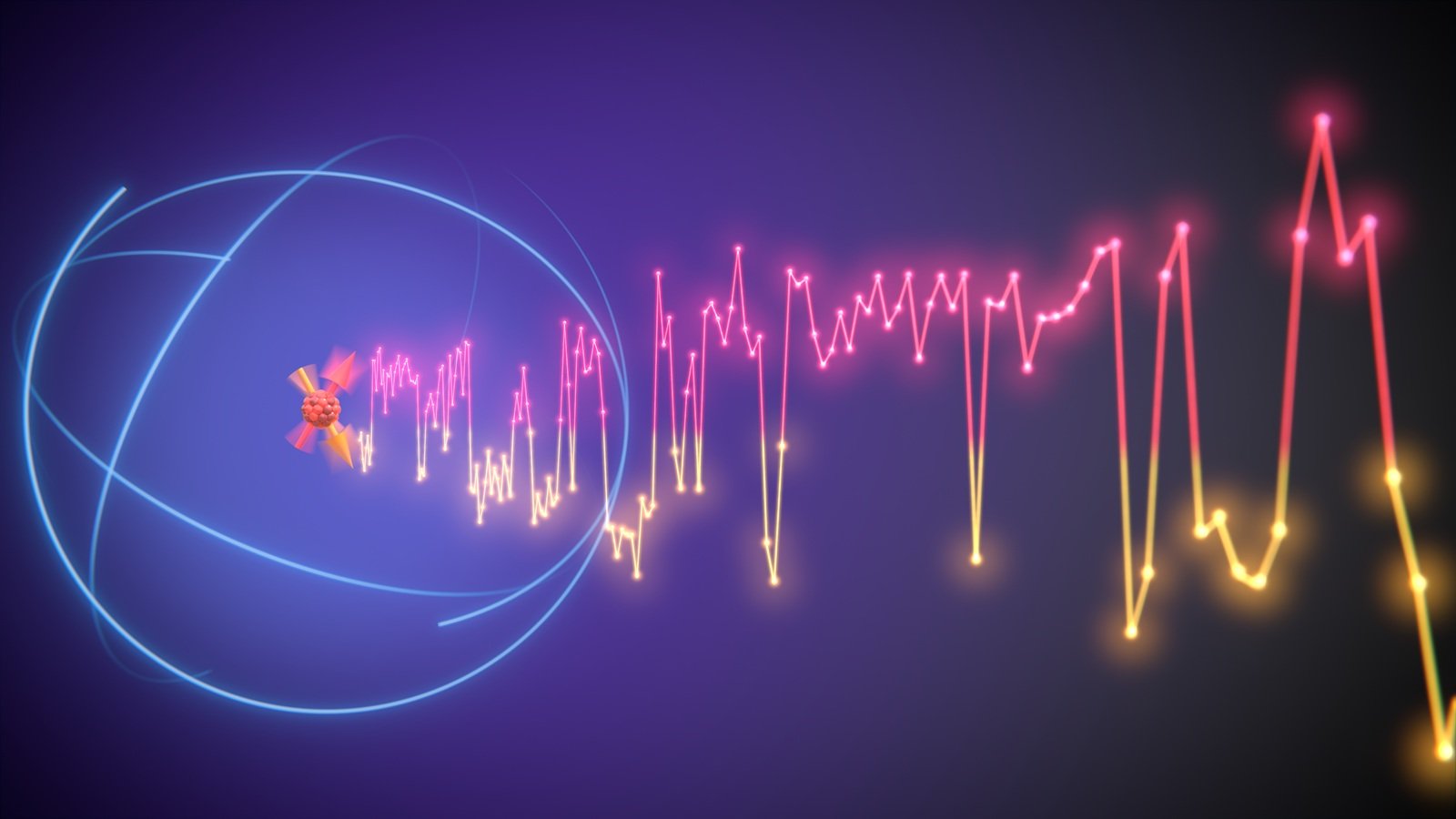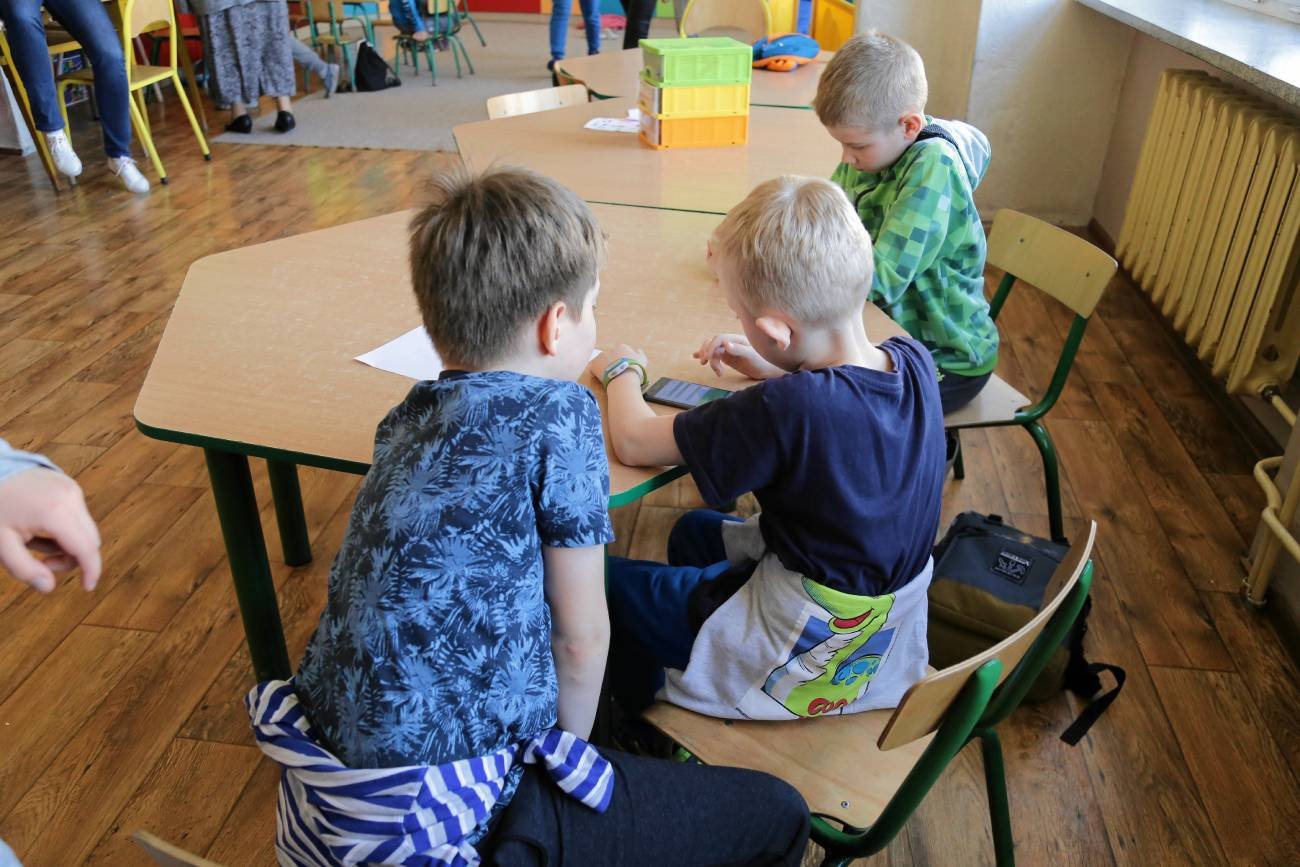- The spark: Amelie Chen, now a Harvard first‑year and Pacific Horizons School alum from American Samoa, learned university‑grade algae‑to‑biofuel methods during a summer program at UC Berkeley—then recreated the process at home with improvised materials. CBS News
- Latest coverage (Oct. 24, 2025): CBS News Boston profiled Chen’s story, quoting her decision to “create biofuel in my kitchen with no lab.” CBS News
- Documented results: Her ISEF abstract details converting locally harvested algae into biofuel using “potassium iodide made from coconut ash” to separate lipids. She placed in the Biochemistry category (2023). abstracts.societyforscience.org
- Recognition: Named a 2025 National STEM Champion and a top finisher at the Hawaii Pacific JSHS, with earlier honors at ISEF. PR Newswire
- Why it matters for islands: American Samoa generates ~97% of its electricity from diesel; power prices track global fuel costs. Local biofuels could diversify energy. EIA
- What the experts say: U.S. national labs see promise—especially via hydrothermal liquefaction (HTL)—but say cost and scale are the hurdles; policy and co‑products can bring modeled prices down. PNNL
The story
“Kitchen lab” roots, Berkeley training
During a UC Berkeley summer program, Chen learned the lab‑grade, equipment‑heavy steps involved in converting algae into fuel. Back home—without that gear—she improvised. “I learned how to turn algae into biofuel in a $7 million lab at UC Berkeley … and I ended up creating biofuel in my kitchen with no lab,” she told CBS News Boston. CBS News
Her approach, captured in her 2023 Regeneron ISEF abstract, documents harvesting local algae, extracting lipids, and converting them to fuel, with a clever twist: using coconut‑ash‑derived potassium iodide to help separate oils. Short, test‑tube–scale success isn’t the same as grid‑scale production, but it’s an unusually well‑documented case of frugal science applied to island energy problems. abstracts.societyforscience.org
Recognition and milestones (timeline)
- May 2023: Places in ISEF Biochemistry for “Antipodal Algae: Energy Solution for a Tropical Island.” abstracts.societyforscience.org
- Mar. 14, 2024: Expands research on algal biofuel farming; wins American Samoa Territorial Science Fair. Talanei
- Dec. 18, 2024 → Mar. 19–22, 2025: Named National STEM Champion; project showcased at the National STEM Festival in Washington, D.C. PR Newswire
- Jan. 22, 2025: First from American Samoa to win the Hawaii Pacific JSHS. Talanei
- Oct. 24, 2025: CBS News Boston airs an interview highlighting how she improvised the biofuel process at home. CBS News
Why this matters for American Samoa (and other islands)
Electricity in American Samoa is still dominated by imported petroleum. “Diesel‑fired generators supply about 97% of American Samoa’s electricity,” the U.S. Energy Information Administration notes, with prices “more than three times” the U.S. average in recent years. Even as solar grows, Tutuila’s grid remains tied to diesel and fuel surcharges. EIA
There are bright spots: the island of Ta‘ū has run almost entirely on a 1.4‑MW solar array and 6‑MWh of batteries since 2016—a proof‑of‑concept for distributed, import‑reducing energy on small islands. But the main grid still leans on diesel, and NREL’s 2024 baseline underscores the exposure to fuel price swings and the urgency of resilient local options. docs.nrel.gov
Expert view (IEA Bioenergy): Decarbonization will require “energy conservation, efficiency, electrification and shifting applications to renewable fuels – there is no silver bullet.” ieabioenergy.com
What actually is algae‑to‑fuel—and where does “homebrew” fit?
At lab or industrial scale, algae‑to‑fuel usually follows these steps:
- Cultivation (ponds or photobioreactors).
- Harvesting & dewatering (to concentrate dilute algae).
- Conversion to a fuel intermediate:
- Lipid extraction → transesterification (biodiesel), or
- Hydrothermal liquefaction (HTL) of whole algae slurry to biocrude, then hydrotreating/upgrading to drop‑in fuels.
HTL is attractive for wet algae: “[HTL] can readily upgrade wet feedstock slurries, such as algae, to produce a carbon‑enriched biocrude,” explains a 2025 PNNL paper on algae‑to‑SAF. PNNL
Costs & scale: DOE’s national‑lab harmonization update (2024) modeled that with coproduction of food/feed proteins and low‑carbon power, “fuels could be produced for less than $4 per gallon gasoline equivalent” in favorable scenarios—a systems view, not a present‑day price. The Department of Energy’s Energy.gov
Meanwhile, NREL and partners show how feedstock prep costs have declined as R&D progresses, and new analyses continue to refine life‑cycle emissions and techno‑economics. PNNL
Where does a “kitchen” demo fit? Chen’s project shows proof‑of‑principle lipid capture and conversion with locally sourced materials—an educational, resourceful step that mirrors the frugal‑science ethos seen in tools like the Foldscope and other low‑cost lab gear. It doesn’t replace industrial safety, QA, or scale, but it helps translate complex ideas into local action. PMC
What independent experts and institutions say (short quotes)
- PNNL on HTL: “HTL can readily upgrade wet feedstock slurries … to produce a carbon‑enriched biocrude,” which can be upgraded to jet fuel. PNNL
- DOE/BETO on potential: Co‑producing proteins with fuels means “fuels could be produced for less than $4 per gallon [GGE]” in modeled cases. The Department of Energy’s Energy.gov
- EIA on today’s reality: “Diesel‑fired generators supply about 97% of American Samoa’s electricity.” EIA
- NREL baseline on prices: In 2022, average electricity prices were “approximately three times the U.S. average.” docs.nrel.gov
- IEA Bioenergy on strategy: There’s “no silver bullet”—biofuels, electrification and efficiency must work together. ieabioenergy.com
- Global Centre for Maritime Decarbonisation on algae fuels: Crude algae oil “promises to meet or exceed” the IMO’s 65% GHG‑reduction threshold for biofuels classification (project in progress). GCMD
The bigger picture: opportunities and headwinds
Promise. Algae grow fast, don’t need arable land, and can use saline or wastewater; that’s appealing on small islands with limited land and expensive imports. HTL avoids energy‑intensive drying, and co‑products (proteins, fertilizers) can improve the business case. PNNL
Headwinds. Scaling algae at cost remains hard (cultivation productivity, nutrients/CO₂ delivery, dewatering, capex). Many high‑profile industrial bets (e.g., ExxonMobil’s algae program) retreated after long R&D runs—a reminder that real‑world economics still dominate. Bloomberg
Island context. American Samoa’s main grid is diesel‑heavy; solar‑plus‑storage is growing (Ta‘ū is a standout), and every local energy source—including potential bio‑options—helps reduce price volatility and improve resilience. EIA
What Chen’s case contributes
- Localization: She showed that core biofuel chemistry can be explored with local feedstocks—algae and coconuts—bridging an educational gap where “specialized lab gear” is scarce. CBS News
- Evidence: Her methods and claims are not just viral clips—they’re backed by competition abstracts and awards from mainstream STEM institutions (ISEF, JSHS, National STEM Festival). abstracts.societyforscience.org
- Inspiration: By connecting UC Berkeley training to a home island challenge, she models how to translate elite lab learning into accessible, frugal adaptations—the kind of hands‑on ingenuity that often seeds future startups or research collaborations. CBS News
What to watch next
- University or lab partnerships (Berkeley/National Labs) to test island‑relevant strains, nutrient recycling (e.g., wastewater), and HTL pilot samples from Pacific feedstocks. PNNL
- Techno‑economic pilots exploring co‑products (food/feed proteins, fertilizers) that make island‑scale algae more financeable. The Department of Energy’s Energy.gov
- Policy signals (grants, loan guarantees, SAF/biofuel credits) that help islands trial small, modular systems alongside solar/storage. docs.nrel.gov
Sourcing & further reading (high‑value links)
- Latest profile: CBS News Boston (Oct. 24, 2025): quotes and on‑camera interview. CBS News
- Competition record & methods: Regeneron ISEF 2023 abstract; Talanei coverage (2023–2025); JSHS listing. Hawaii Academy of Science
- American Samoa energy baseline: NREL 2024 report; EIA territory profile (generation mix, prices). docs.nrel.gov
- Algae‑to‑fuel state‑of‑the‑art: DOE/BETO algae harmonization update (2024); PNNL 2025 HTL paper; NREL TEA/LCA updates. The Department of Energy’s
- Maritime use case: GCMD project on crude algae oil. GCMD
- Context & cautionary tales: Reports on industry pullbacks (ExxonMobil exit). Bloomberg
Editor’s note on age and identifiers
Public records confirm Chen’s 2023–2025 competition entries and her Harvard enrollment; CBS News Boston identifies her as a Harvard freshman and native of American Samoa. (An ISEF 2025 program lists her as 18 at that time.) This article refers to her as a first‑year/teen innovator to keep public‑record accuracy. CBS News
Quote box: in her own words
“I ended up creating biofuel in my kitchen with no lab.” CBS News
“I was able to convert algae into algal biofuel using local resources.” abstracts.societyforscience.org
Bottom line: Chen’s project doesn’t solve island energy overnight—but it demonstrates a locally grounded, well‑documented pathway from university science to community ingenuity, exactly where many climate solutions begin. The science says algae fuels could help—if economics, co‑products, and policy line up—while islands like American Samoa have the most to gain from every resilient, local energy source they can add. The Department of Energy’s Energy.gov








![Patriotyczna inicjatywa uczniów z Baryczy. Młodzież z wizytą w Kornicy [zdjęcia]](https://tkn24.pl/wp-content/uploads/2025/10/Patriotyczna-inicjatywa-uczniow-z-Baryczy.-Mlodziez-z-wizyta-w-Kornicy-2.jpeg)








